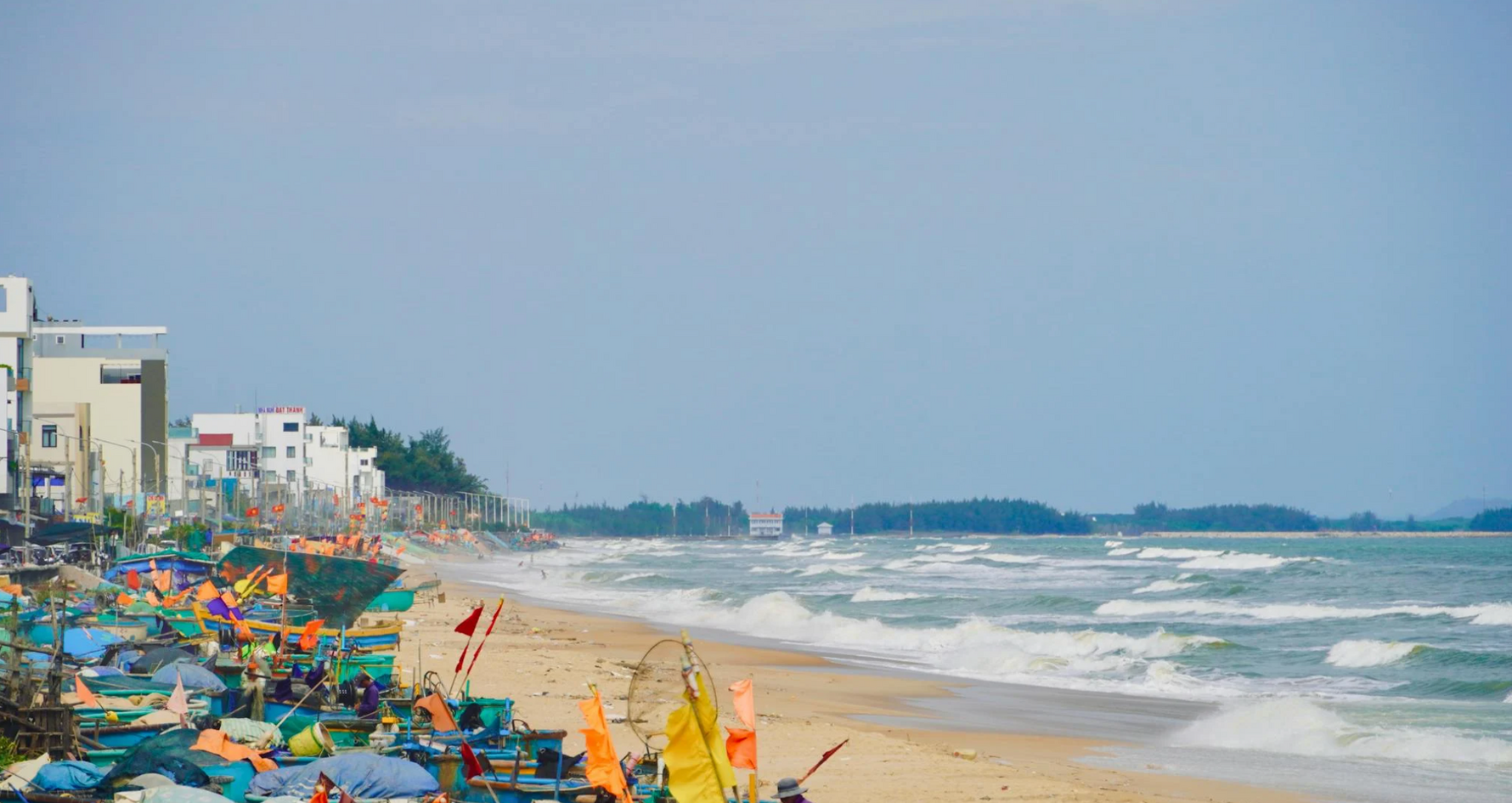While images of palm-fringed sands and crystal-clear bays might be the first thing that comes to mind when considering a trip, Vietnam beach holidays are far more varied than many travelers expect. In some places, the shoreline gives way to charming seaside towns dotted with lantern-lit restaurants and colonial architecture. In others, isolated coves promise quiet retreats that feel worlds away from any tourist hub. Whether you crave water sports, cultural encounters, or afternoons spent sampling local seafood along a breezy promenade, the country’s beaches have something to accommodate every taste.
A journey to Vietnam’s coastline is also a chance to witness an intersection of cultures, as local traditions blend with global influences. From sunrise fish markets to moonlit strolls on warm sands, these experiences not only highlight the country’s natural beauty but also introduce a coastal way of life that has evolved over centuries. Embarking on a carefully planned beach holiday allows visitors to unlock this side of Vietnam, enjoying stunning vistas while learning about the communities that have long thrived by the sea.

Regional Highlights and Ideal Travel Seasons
With such an extensive coastline, choosing when and where to go is paramount for creating the perfect beach getaway. Northern stretches near Hạ Long Bay and Cát Bà Island are best visited between April and October, when warmer temperatures lure travelers outside, and the scenic limestone formations appear even more dramatic against sunlit skies. In winter, these northern shores can grow surprisingly chilly and overcast, making activities like kayaking or snorkeling less appealing.Central Vietnam, home to destinations such as Hội An, Da Nang, and Nha Trang, experiences a more tropical climate, but it is also susceptible to typhoons. From about February to August, the weather can be delightfully sunny and conducive to ocean swims, long days on the sand, and excursions to historic sites. The region’s beach towns are known for a mix of modern amenities and laid-back local culture, offering lively nightlife in some areas and tranquil resorts in others. September through November can bring sudden rains, although travelers occasionally find good deals on accommodations during this shoulder season if they are prepared for the possibility of a downpour or two.
For those seeking year-round warmth, the southern coast and islands, including Phú Quốc and Con Dao, rarely experience the cooler temperatures found in the north. Temperatures remain fairly consistent, and though the rainy season typically occurs between May and October, rain showers tend to be brief. These islands, with their coral reefs and sandy beaches, beckon those interested in diving, fishing, or simply reveling in the island ambiance. Whether you seek quiet coves or energetic seaside towns, planning around these regional climate shifts will ensure your Vietnam beach holidays unfold under the most favorable conditions.
Experiences Beyond the Sand
While it is tempting to pass an entire day unwinding on a sun lounger, Vietnam’s coastlines invite you to explore well beyond the shoreline. In some of the more popular regions, you can engage with water sports, joining local guides for kayaking adventures through sheltered bays or kite surfing sessions along breezy beaches. Meanwhile, scuba diving opportunities abound, especially off the southern shores, where coral reefs teem with marine life. These aquatic pursuits deepen your appreciation for the country’s natural splendors, revealing undersea landscapes and hidden inlets that remain invisible from land.Yet beach holidays in Vietnam are not limited to thrills at sea. You can also immerse yourself in the rhythms of daily life by visiting local fish markets or enjoying a leisurely stroll through small fishing communities that have developed around the country’s numerous harbors. These encounters often provide a fascinating window into people’s connections with the ocean, whether it’s watching fishermen mend their nets or sampling freshly caught squid and shrimp as they are prepared in a modest waterfront café. Late afternoons can bring an entirely different sort of excitement, as performers gather in coastal towns to celebrate local festivals with music and dance that set a lively evening mood.
Logistics, Accommodation, and Responsible Travel
Mapping out the practical details of a Vietnam beach holiday is an essential step in creating a seamless experience. Flights to major hubs such as Hanoi or Ho Chi Minh City offer the broadest range of international connections, but many coastal destinations also boast domestic airports that cut travel time considerably. Da Nang, for instance, is served by multiple flights each day, making it easy to transition from an urban arrival to a beachside retreat. Once settled at your coastal spot of choice, local transportation options—ranging from taxis to rented motorbikes—let you explore nearby beaches and landmarks at your own pace.A wide spectrum of accommodations awaits you along Vietnam’s shores. Budget-friendly guesthouses provide comfortable stays for thrifty travelers, while boutique hotels in preserved colonial buildings suit those seeking an atmospheric blend of the old and new. Larger beach resorts cater to families and groups looking for a full suite of amenities on-site, from swimming pools to spas that make leisurely afternoons all the more enjoyable. Regardless of the level of luxury you prefer, it is worth researching locations that employ eco-friendly practices, such as reducing plastic waste and supporting local conservation initiatives.
Finally, adopting a responsible approach to tourism benefits both the environment and the communities you visit. Respecting local customs, whether it is adhering to dress codes in temple areas or seeking out restaurants that serve sustainably caught seafood, ensures you leave a positive mark on the places you discover. By treading lightly and engaging thoughtfully with your surroundings, you contribute to the long-term preservation of Vietnam’s precious coastal ecosystems, maintaining the serene beauty of these beaches for future generations to enjoy.


Comments